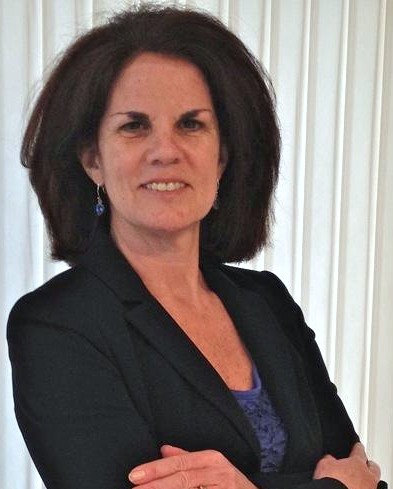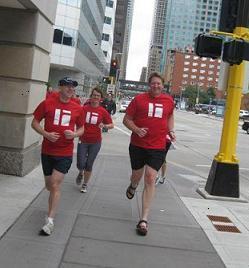 We see it every day and everywhere. Consumers are engaged with their mobile phones at restaurants, at the gym, by the pool, in parked cars and in the hallway outside of the doctor’s office. They have a strong need to stay connected and use every free moment to review and respond to messages as well as access online information through their mobile phones.
We see it every day and everywhere. Consumers are engaged with their mobile phones at restaurants, at the gym, by the pool, in parked cars and in the hallway outside of the doctor’s office. They have a strong need to stay connected and use every free moment to review and respond to messages as well as access online information through their mobile phones.
Over the past 6 months, I have heard health care providers, health plans, health care technology companies and employers express strong interest in reaching, engaging and influencing consumers through mobile health applications. Although mobile committees have been formed, most are in the beginning stages of identifying and prioritizing the applications that they will develop and deliver to consumers.
Seven Mobile Health Engagers:
Here are seven key capabilities that companies will want to build into their mobile health applications:
1. Guiding- Sending personalized alerts and reminders for motivating specific actions such as taking medications, testing blood sugar levels or participating in healthy behaviors (e.g. lunch time walk with co-workers).
Consumer perspective: What do I need to do to meet my health needs and goals?
2. Educating- Providing access to a customized set of health information, pushing informational tips based on needs, interests and profile and testing health information knowledge.
Consumer perspective: How can you make learning about my health fun, personalized and easy to understand?
3. Encouraging- Delivering support messages from my social network, clinician and health coach.
Consumer perspective: How can you support me in reaching my health goals at the right time?
4. Consulting- Enabling access to a live discussion with my clinician, health coach or mother’s caregiver.
Consumer perspective: How can you connect me with experts for real time communication and collaboration?
5. Monitoring- Capturing and viewing information about my mood, pain levels, symptoms, activity levels, diet and sleep.
Consumer perspective: How can you help me aggregate and organize all of my health information so that I can see patterns to experience “aha moments”?
6. Deciding- Accessing a decision support tool about my treatment options or viewing my PHR with links to relevant and "in context" content.
Consumer perspective: How can I make better decisions by combining my own information with trusted expert sources and accessing this wherever I am?
7. Managing- Delivering customized messages to help me effectively plan and respond to our health care needs.
Consumer perspective: How can I change from being reactive to becoming proactive about my health and the health of my family?
Generating Your Mobile Health Momentum…
How can you define and design these mobile applications to be most valuable to your target consumers? Unlike many of the mini-applications that consumers can buy in online stores, you have an opportunity to connect these capabilities such as “monitoring” and “deciding” so that consumers can not only track their activity but also make decisions with the patterns of data that emerge.
Think about how you can use “personalization” with your mobile health applications to motivate consumers to stay engaged in their health. How can you help consumers use their mobile phone to communicate and collaborate with their support network and caregivers for better health outcomes?
How far along are you with your mobile health strategies? Have you selected your priority consumer segments? Have you conducted research to deeply understand their needs, mobile behaviors and attitudes? Have you conceptualized, defined and validated a solution for each segment? Are you ready to pilot the solution with the target segment? Have you defined your measurements for success?
With experience and industry knowledge in the mobile health space, how I can help you move your mobile initiatives forward?
Read more about my mobile health technology expertise.
 care collaboration,
care collaboration,  mobile health and wellness texting,
mobile health and wellness texting,  online health and wellness coaching,
online health and wellness coaching,  patient centered medical home,
patient centered medical home,  personalization for health and wellness in
personalization for health and wellness in  Decision Support eHealth,
Decision Support eHealth,  Mobile Engagement Health & Wellness,
Mobile Engagement Health & Wellness,  Patient Decision Support,
Patient Decision Support,  Personalization eHealth,
Personalization eHealth,  shared decision making ehealth
shared decision making ehealth 






